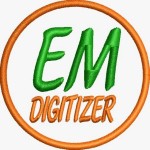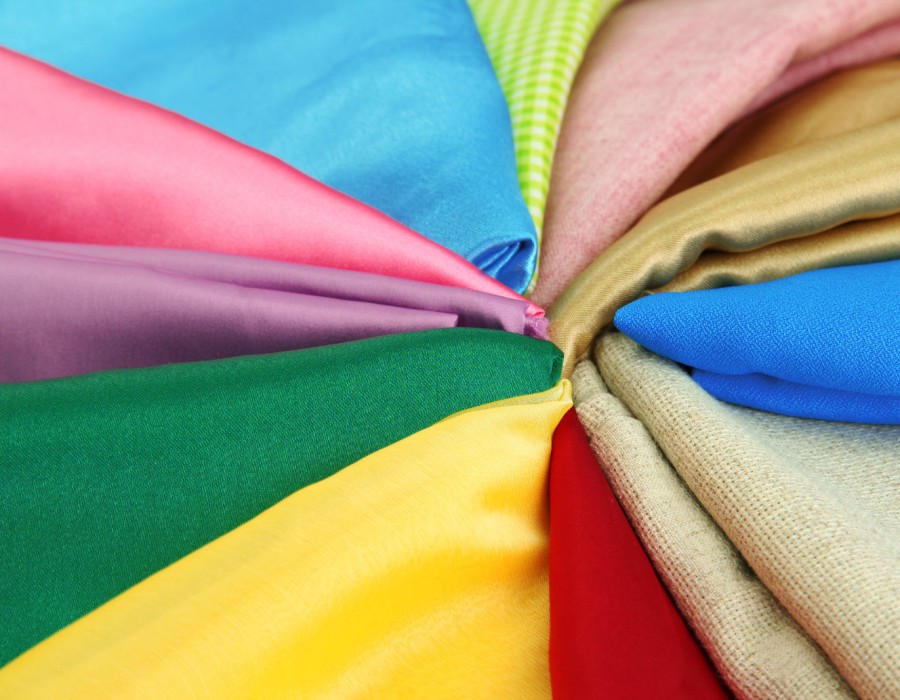In the realm of embroidery, digitizing a logo is a crucial step to ensure its accurate reproduction on fabric. From intricate designs to corporate logos, digitizing involves converting artwork into a format that embroidery machines can understand. While many factors contribute to the success of this process, one often overlooked aspect is fabric selection. The choice of fabric can significantly impact the final result of the embroidered logo. In this article, we'll delve into why fabric selection matters in embroidery logo digitizing and how it can influence the outcome of your embroidered design.
1. Impact on Stitch Density
Different fabrics have varying densities and textures, which can affect how stitches are placed and appear on the surface. For instance, a dense fabric like canvas will require fewer stitches compared to a lightweight fabric such as chiffon to achieve the same level of coverage. When digitizing a logo, the stitch density needs to be adjusted accordingly to ensure that the design looks crisp and clear on the chosen fabric. Failure to account for fabric density can result in a logo that appears too dense or sparse, detracting from its overall quality.
2. Consideration of Fabric Stretch
Stretchy fabrics like spandex or knits pose a unique challenge in logo digitizing for embroidery. The inherent stretchiness of these materials can cause distortion or puckering if not handled properly during the digitizing process. To mitigate this issue, digitizers need to adjust the stitch parameters to accommodate the fabric's stretch. Additionally, using specialty stabilizers or backing materials can provide extra support and prevent the logo from losing its shape when embroidered on stretchy fabrics. Ignoring the stretch factor can lead to a logo that looks warped or misshapen, diminishing its visual appeal.
3. Color and Texture Compatibility
The color and texture of the fabric play a crucial role in how the embroidered logo will appear. Certain fabrics may absorb more or less dye, affecting the vibrancy and accuracy of the colors in the design. Additionally, textured fabrics like tweed or corduroy may not provide a smooth surface for embroidery, resulting in inconsistencies or irregularities in the stitched logo. When selecting a fabric for logo digitizing, it's essential to consider how its color and texture will complement the intended design. This may involve testing different fabric samples to ensure the best possible match for the desired outcome.
4. Durability and Longevity
The durability of the fabric also impacts the longevity of the embroidered logo. Fabrics with a tight weave or high thread count tend to hold stitches more securely, resulting in a logo that withstands repeated washing and wear. On the other hand, delicate fabrics or those prone to fraying may cause the embroidered design to unravel over time. By choosing a durable fabric for logo digitizing, businesses can ensure that their branded apparel maintains its professional appearance for an extended period, enhancing brand visibility and credibility.
5. Brand Image and Perception
Ultimately, the choice of fabric for logo digitizing reflects on the brand's image and perception. A high-quality fabric that showcases the embroidered logo with precision and clarity conveys professionalism and attention to detail. Conversely, a poorly executed logo on a cheap or unsuitable fabric can leave a negative impression on customers and stakeholders. By prioritizing fabric selection in logo digitizing, businesses can elevate their brand identity and create a positive association with their products or services.
In conclusion, fabric selection is a critical aspect of logo digitizing that directly influences the quality, durability, and visual impact of the embroidered design. By understanding the implications of different fabrics on stitch density, stretch, color compatibility, durability, and brand image, businesses can make informed decisions to ensure the successful reproduction of their logos on various materials. Investing time and resources in selecting the right fabric for logo digitizing pays off in the form of professionally embroidered apparel that enhances brand visibility and fosters a positive perception among customers.






Comments